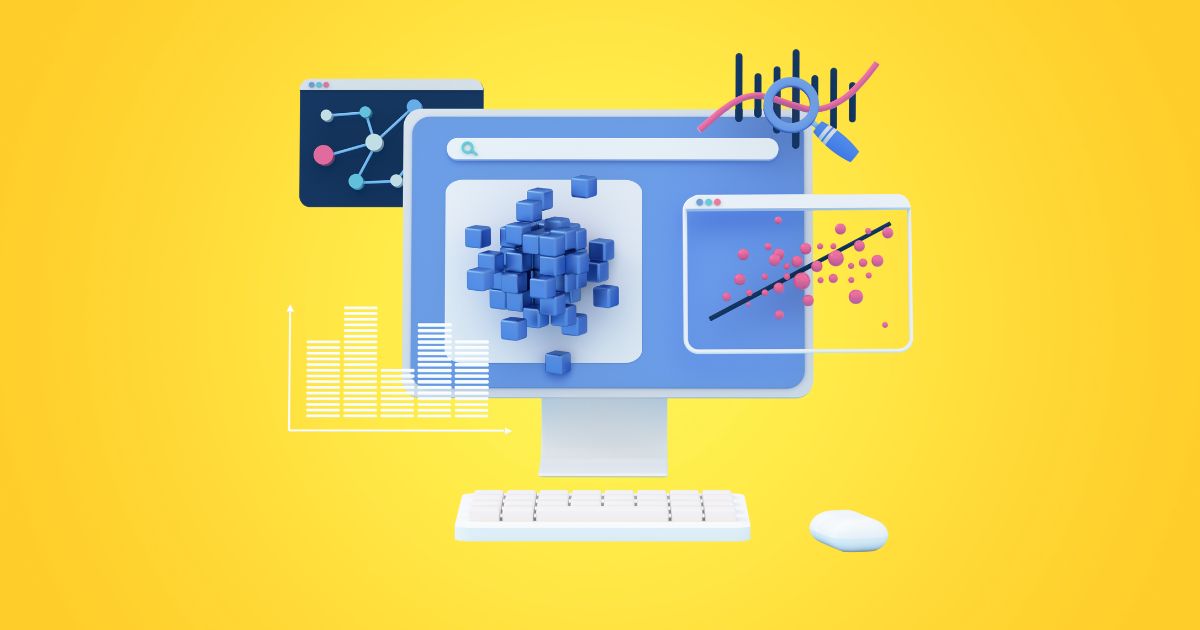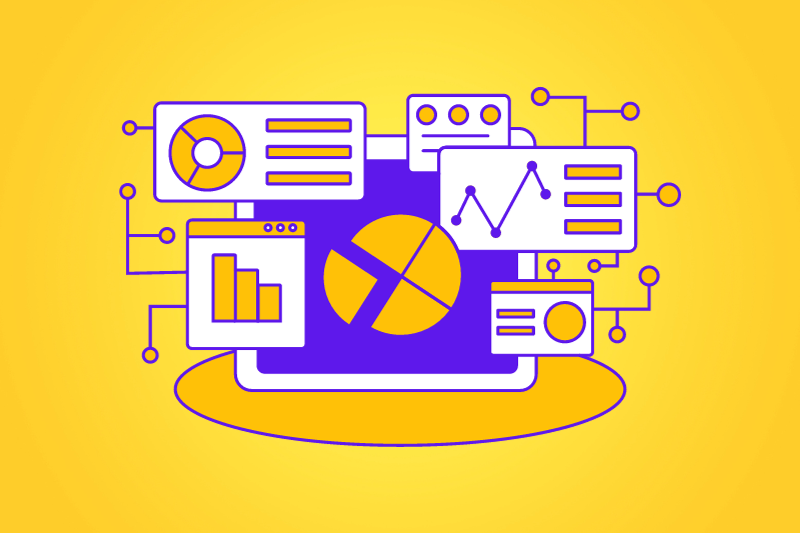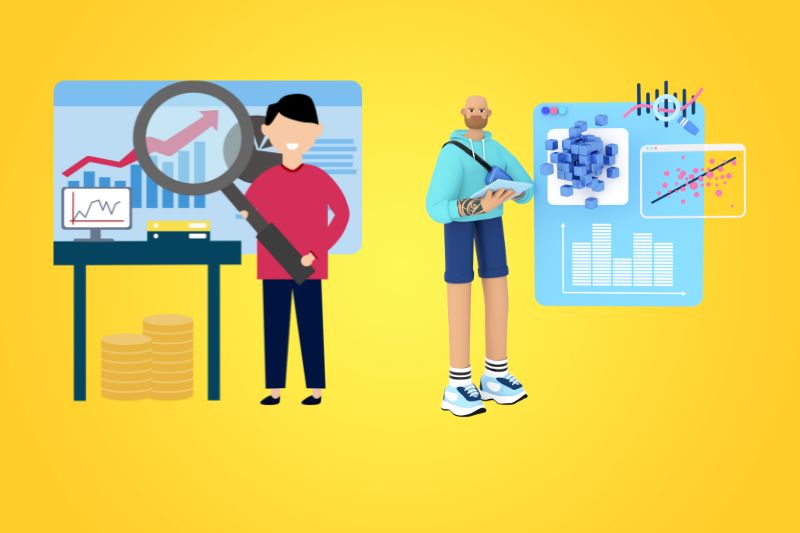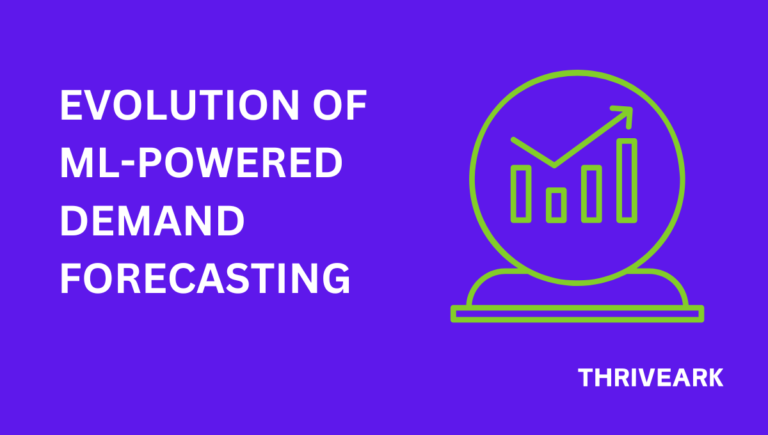
In the rapidly evolving field of data science, understanding the nuances between predictive and prescriptive analytics is crucial for businesses aiming to leverage data-driven strategies. These two analytical approaches, while intertwined, cater to different aspects of data interpretation and decision-making.

Predictive and prescriptive analytics are two distinct approaches within the broader field of data science, each with its own unique features and functions:
- Predictive Analytics:
- Purpose: The primary goal is to forecast future events, trends, or behaviors based on historical data.
- Methodology: It involves statistical techniques and machine learning models to analyze past data and predict future outcomes.
- Applications: Predictive analytics is used in various fields such as finance (for stock market predictions), marketing (to predict customer behavior), healthcare (to anticipate disease outbreaks), and more.
- Tools and Techniques: It uses tools like regression analysis, time series analysis, and machine learning algorithms like decision trees, random forests, and neural networks.
- Prescriptive Analytics:
- Purpose: Prescriptive analytics goes a step further by not only predicting future events but also suggesting actions and strategies to achieve desired outcomes.
- Methodology: It combines insights from predictive analytics with optimization and simulation algorithms to advise on possible courses of action.
- Applications: Prescriptive analytics is used in logistics (for route optimization), resource management (to optimize allocation), business strategy (to improve decision-making), etc.
- Tools and Techniques: It uses techniques like optimization models, simulation, and complex systems analysis.
Differences:
- Focus: Predictive analytics focuses on forecasting what might happen in the future, while prescriptive analytics aims to identify the best actions to take.
- Complexity: Prescriptive analytics is generally more complex as it involves not only predicting outcomes but also providing actionable recommendations.
- Decision-Making: Predictive analytics informs decision-makers about potential future events, but prescriptive analytics provides specific recommendations to guide decision-making.
- Data Requirements: Prescriptive analytics often requires more diverse data inputs and sophisticated modeling to simulate different scenarios and outcomes.
Both predictive and prescriptive analytics play crucial roles in data science, but they serve different purposes in the decision-making process. Predictive analytics is about understanding potential future scenarios, while prescriptive analytics is about taking informed actions to achieve specific goals.
Unraveling the Distinctive Roles: Data Analysts vs. Data Scientists in Predictive and Prescriptive Analytics

But who typically handles these sophisticated analytical tasks? Do they fall under the purview of data analysts and business intelligence professionals, or are they more in the domain of data scientists? This question often arises in organizations striving to optimize their use of data. Let’s delve deeper into this intriguing subject to demystify the roles and responsibilities associated with predictive and prescriptive analytics.
- Data Analytics and Business Intelligence (BI) Analysts:
- Scope: Their work primarily revolves around analyzing historical data to understand trends, measure performance, and produce actionable insights. This often falls under the domain of descriptive analytics.
- Predictive Analytics: Data analysts may engage in predictive analytics, but usually at a more fundamental level. They might use simpler predictive models to forecast trends and behaviors.
- Prescriptive Analytics: While some data analysts might delve into prescriptive analytics, it’s less common as it typically requires more advanced statistical and machine learning expertise.
- Tools and Techniques: Data analysts often use tools like SQL, Excel, BI tools (like Tableau or Power BI), and basic statistical methods.
- Data Scientists:
- Scope: Data scientists work on more complex problems involving large datasets and advanced algorithms. Their work often includes not just analyzing data, but also developing new algorithms and predictive models.
- Predictive Analytics: Data scientists are usually more equipped to handle complex predictive analytics, employing advanced machine learning and statistical models.
- Prescriptive Analytics: They are also more likely to engage in prescriptive analytics, utilizing sophisticated optimization and simulation techniques to provide actionable recommendations.
- Tools and Techniques: Data scientists use a wider range of tools including Python, R, machine learning libraries (like scikit-learn, TensorFlow), and more advanced statistical techniques.
Intersection and Differences:
- Skill Set: Data scientists generally have a deeper skill set in statistics and machine learning, enabling them to tackle more complex predictive and prescriptive analytics tasks.
- Complexity of Tasks: Data analysts might handle simpler predictive tasks, while data scientists take on more complex predictive and prescriptive analytics.
- Objective: Data analysts often focus on insights for business intelligence and reporting, whereas data scientists might also focus on building predictive models and algorithms for various applications.
In summary, while there is an overlap between data analytics and data science, especially in predictive analytics, data scientists typically handle more advanced predictive and prescriptive analytics due to their deeper expertise in statistics, machine learning, and algorithm development. Data analysts, on the other hand, often focus on extracting insights from data, which may include some elements of predictive analytics but usually not to the same depth as data scientists.
As we’ve seen, predictive and prescriptive analytics play vital roles in the broader landscape of data science, each requiring distinct skill sets and expertise. Whether you’re a business leader seeking to understand these analytics better or a professional looking to expand your analytical capabilities, the distinction between these roles is crucial.
If you’re looking to take your organization’s data analysis beyond mere descriptive and diagnostic analytics, our team at Thriveark is here to assist. We specialize in elevating the application of your data to more advanced predictive and prescriptive levels, unlocking new opportunities and insights.
Contact us today to explore how we can transform your data into actionable strategies and drive your business forward.


